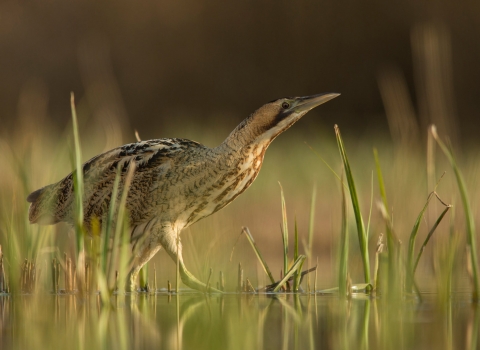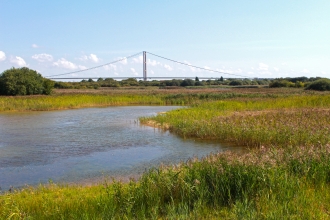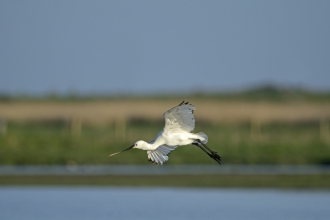Wetland birds
Every spring thousands of wetland birds migrate to Britain, whilst resident birds begin courting and breeding. Discover some of the best places to see (and hear!) these migrating birds across the Lincolnshire coast.
Top sites for wetland birds
What to look out for
Be prepared for an early start, as the first few hours of the day are often the busiest. Bring some sandwiches! You won’t want to miss a moment of the action whilst looking for some lunch.
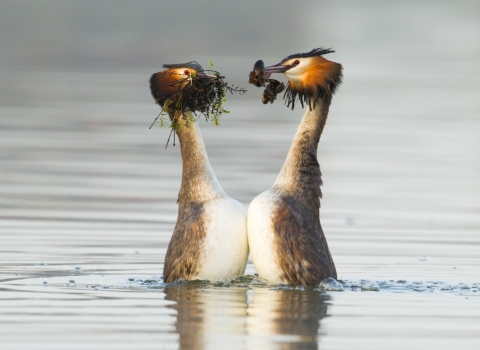
Andrew Parkinson/2020VISION
Dance of the grebe
The graceful great crested grebe is a familiar sight on our lakes, and is well-known for its elaborate courtship dance, during which it rises vertically out of the water and shakes its head. Also look out for humbug-striped chicks riding on their mothers back.
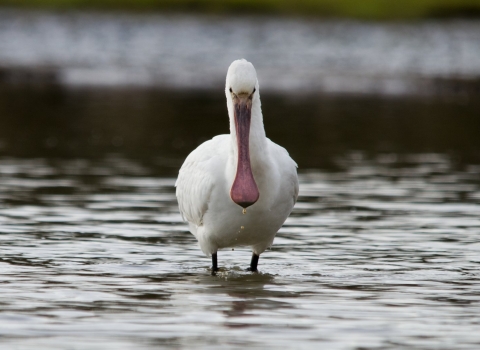
Bertie Gregory/2020VISION
Sight a spoonbill
The distinctive sight of a spoonbill is becoming increasingly common in the east and southwest of England, with colonies of breeding birds now established, our nearest in Norfolk. Your best chance of seeing them are from Jackson's Marsh bird hide at Gibraltar Point nature reserve.
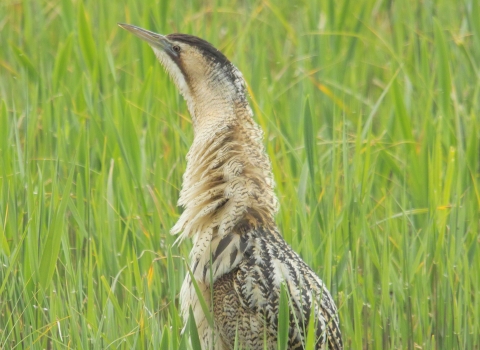
Derek Moore
Booming bittern
The shy and retiring bittern is a master of blending in and can be very difficult to spot in its reedbed home. It does sound like a booming foghorn, however, when it calls, so can often be heard if not seen. Listen for them at Far Ings.
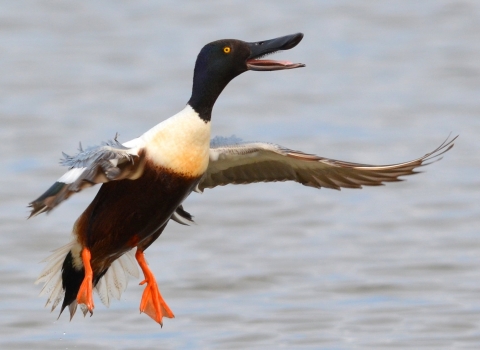
Adam Jones
Dig a shoveler
Living up to its name, the shoveler has a large and distinctive shovel-like bill which it uses to feed at the surface of the water. Look for these at Whisby Nature Park.
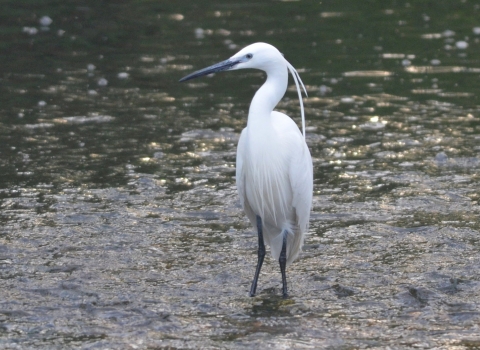
Little Egret - Adam Jones
The littlest egret
The little egret is a small, white heron that feeds on small fish and crustaceans. Once a very rare visitor from the Mediterranean, little egrets are now a common sight around the coasts of southern England and Wales, but can also be seen in Lincolnshire. Look out for its beautiful neck plumes that herald the breeding season.
Get in touch
Share your sightings with us using #LincsWildlife or follow us on social media.

